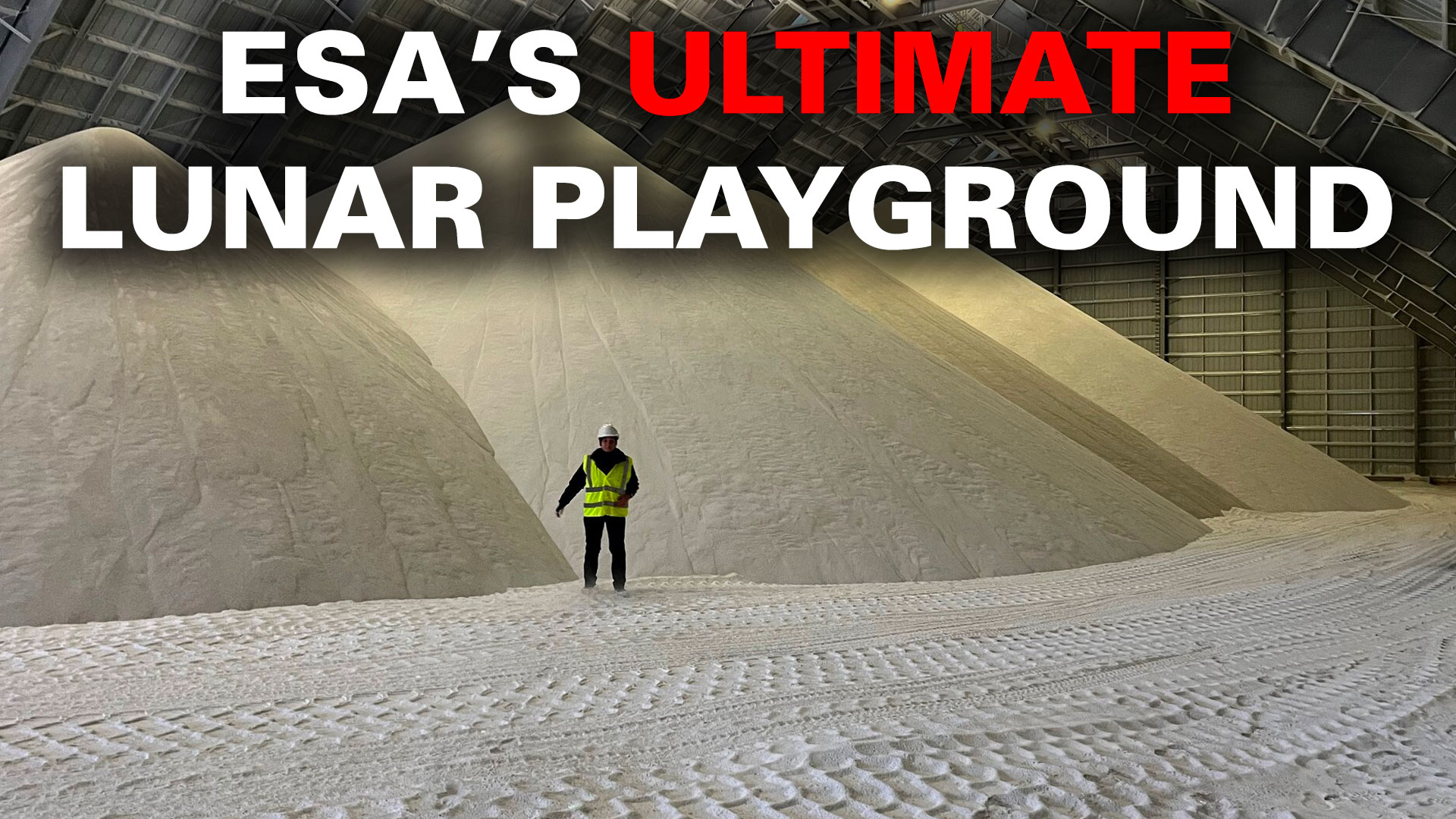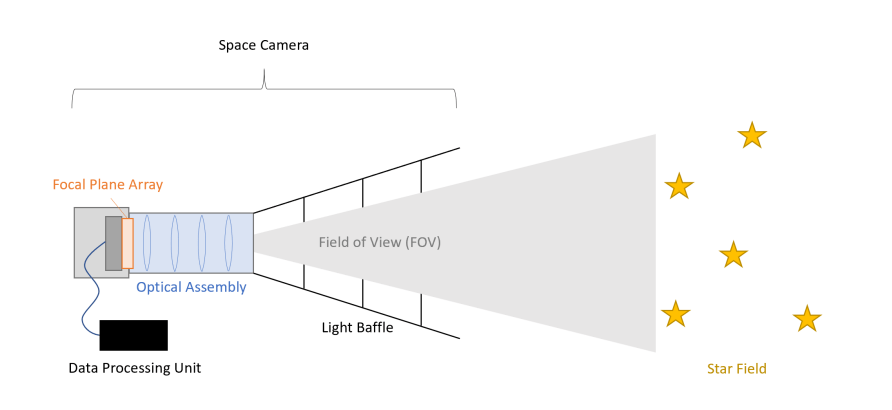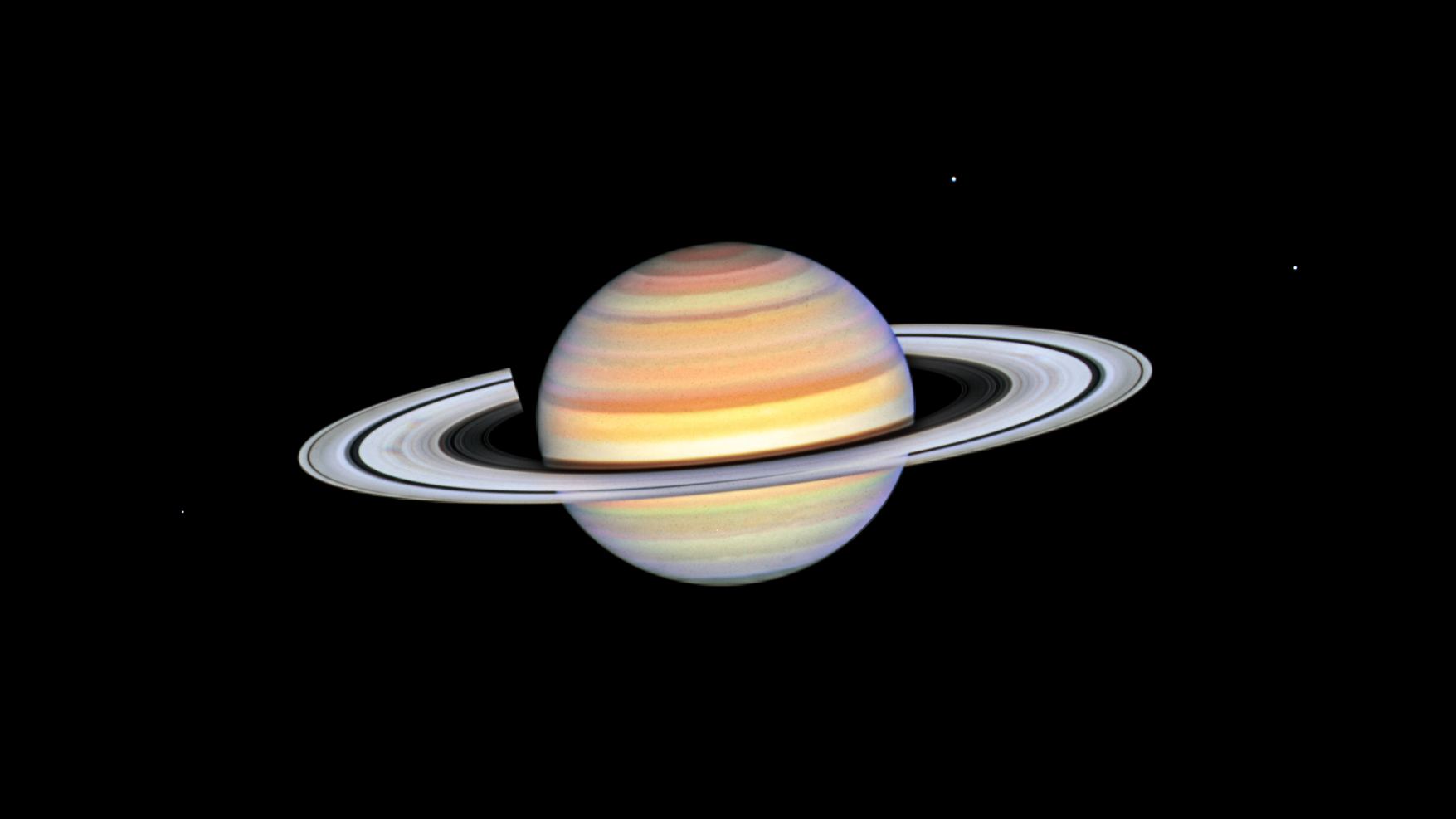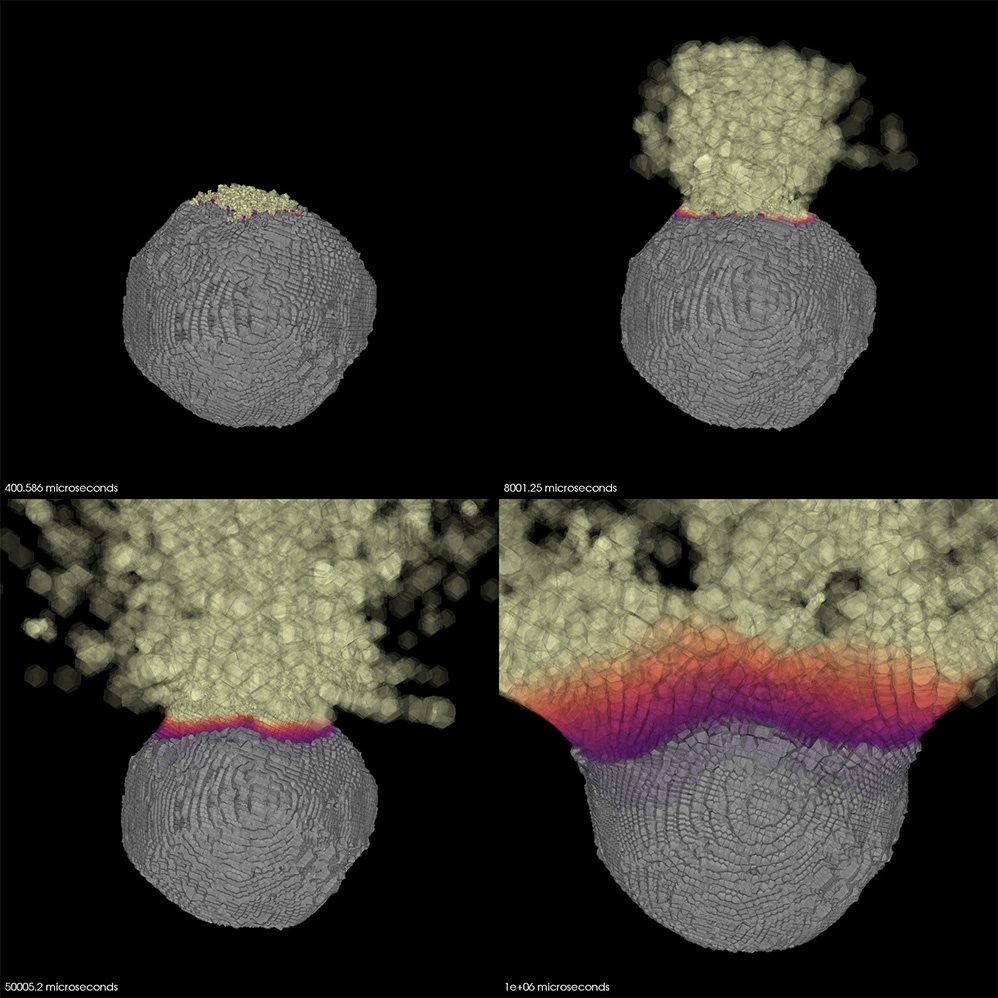Living in space comes with risks. For astronauts on the International Space Station (ISS), those risks occasionally make themselves intrusively apparent.
Earlier this month, European Space Agency astronaut Andreas Mogensen snapped a photo of the Canadarm2, in which damage from a micrometeorite impact is clearly visible.
Continue reading “Ouch. Canadarm2 Took a Direct Hit From a Micrometeorite”









